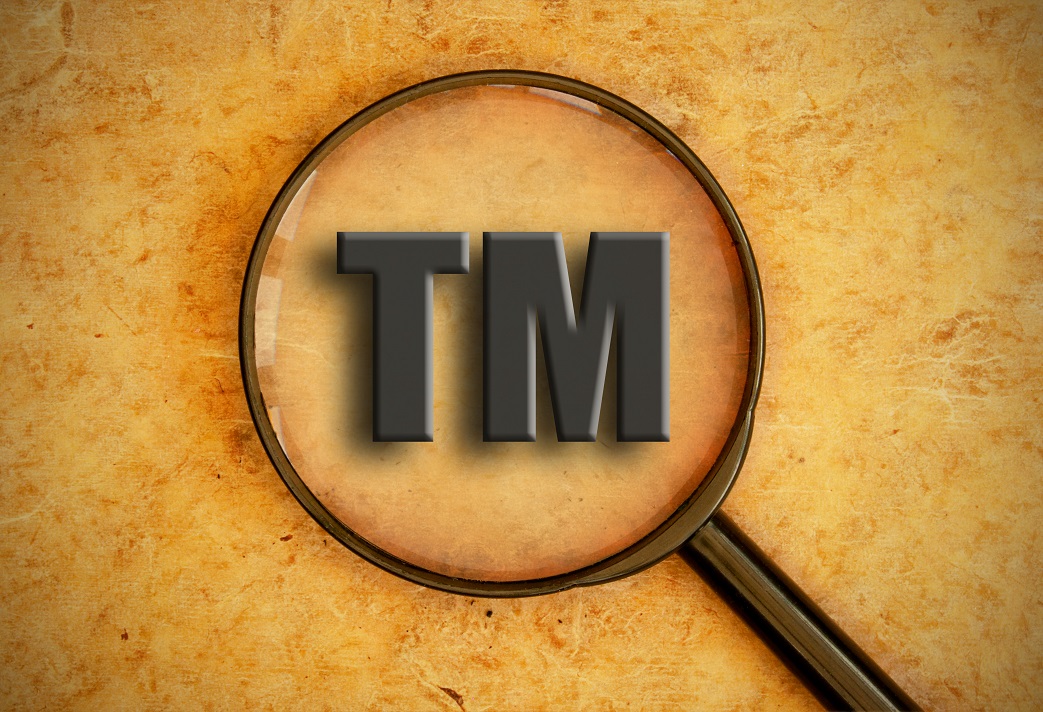
An action for trademark infringement requires the claimant to demonstrate that a likelihood of confusion exists in order to acquire protection for the mark. An action for trademark dilution, in contrast, does not require proof of confusion between the two marks. Rather, trademark dilution centers on the improper use of a famous mark by a third party and the dilution of the brand identity as a result of the misappropriation. Trademark dilution laws, which are subject to the Federal Trademark Dilution Act of 1995 (Act), seek to protect the integrity of a well-known mark regardless of whether the infringing activity is regarded as a competing use.
There are several factors that a court considers to determine what a “famous” mark is under the Act. The court will evaluate: (i) the extent of the use of the mark, (ii) the extent of advertising of the mark, (iii) the degree to which the mark is considered distinctive, (iv) the geographic vicinity where the mark is used, (v) how widely the mark is recognized, (vi) the ways in which the product is marketed, and (vii) how the mark is used by third parties.
The second distinctive feature of a trademark dilution claim is that the defendant need not be a direct competitor of the holder of the famous trademark. The defendant’s good and services may completely distinct from those offered by the plaintiff and still be liable for trademark dilution. In order to bring a cause of action, the claimant must demonstrate that either of the following has occurred: (i) blurring, which requires that the association between the mark and the goods and services of the plaintiff is diluted in the consumer’s view; (ii) or tarnishment, which refers to the defendant’s use of the mark in an undesirable manner. Tarnishment includes using the trademark in an objectionable way or in connection with inferior products and services.
The Act specifically exempts certain trademark uses from qualifying for a claim for trademark dilution. Some of these uses overlap with exemptions applicable to trademark infringement as defined under the law. Thus, the Act provides that fair use, noncommercial use and news commentary are permissible uses for famous trademarks.
Contact Shane Coons at 949-333-0900 or visit his website at www.ShaneCoonsLaw.com to find out more about his practice.
